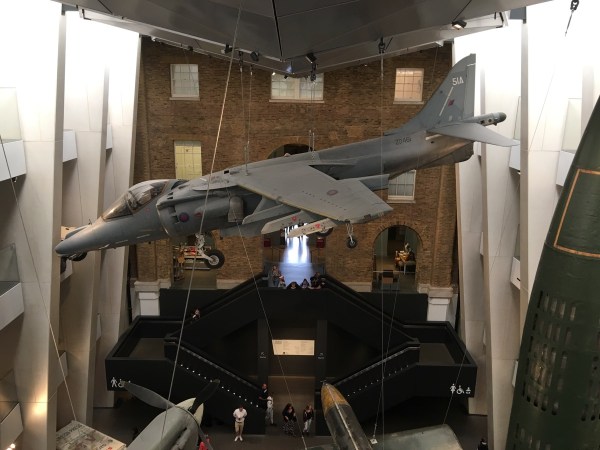The Ferret armoured car, also commonly called the Ferret scout car, is a British armoured fighting vehicle designed and built for reconnaissance purposes. The Ferret was produced between 1952 and 1971 by the UK company Daimler. It was widely adopted by regiments in the British Army, as well as the RAF Regiment and Commonwealth countries.
This one was at the Imperial War Museum Duxford.
They also had a sand coloured Ferret on display as well.
This Ferret MkII Scout Car in a white UN paint scheme was on display at the Imperial War Museum in London.
There was a similar painted Ferret at the Tank Museum as well.



















